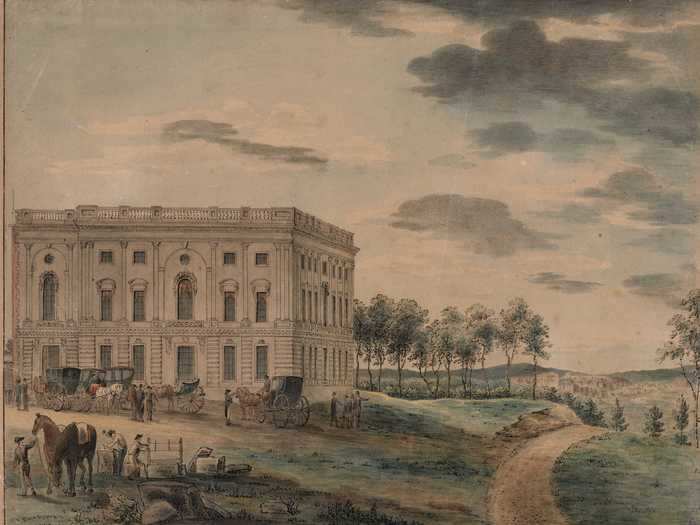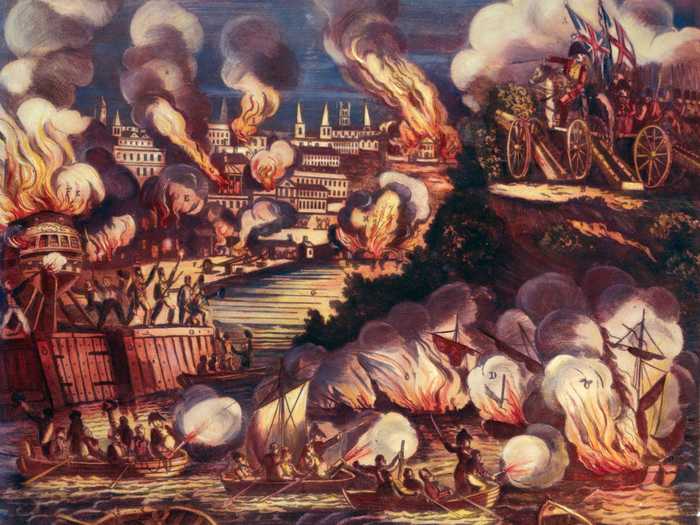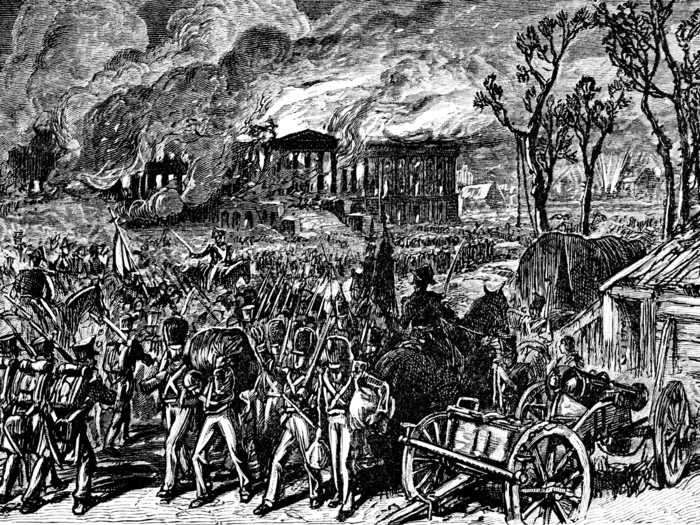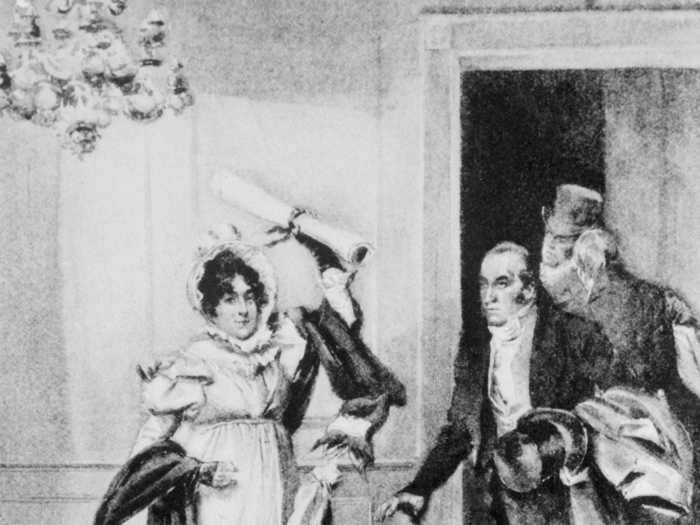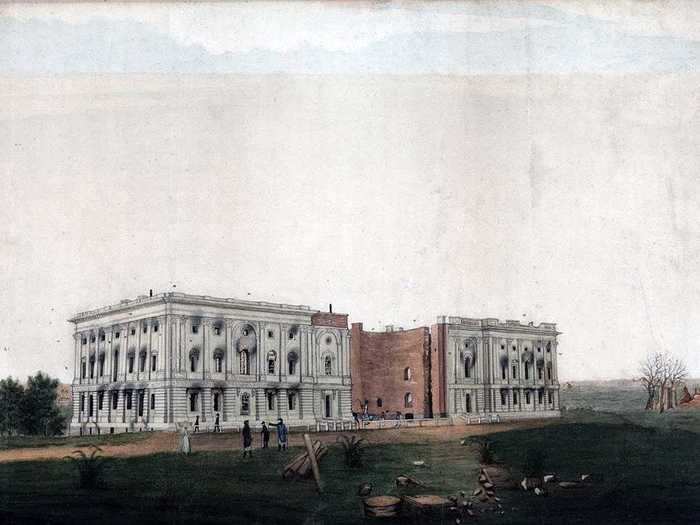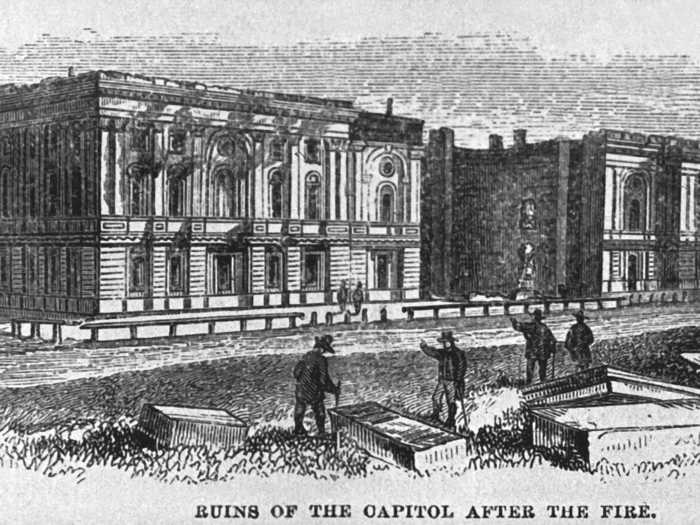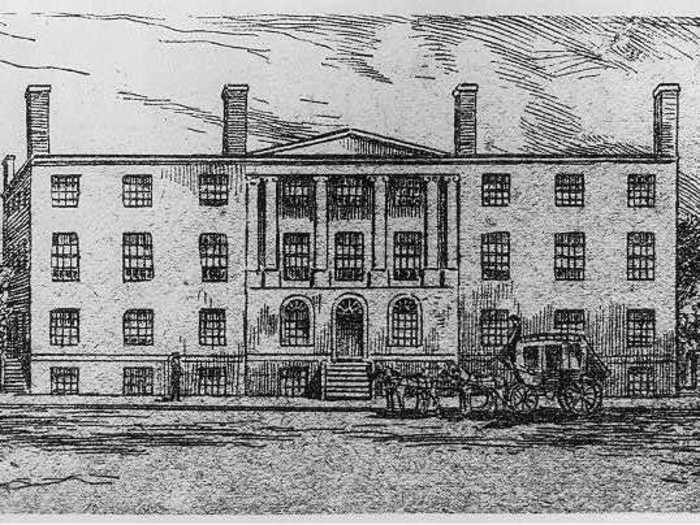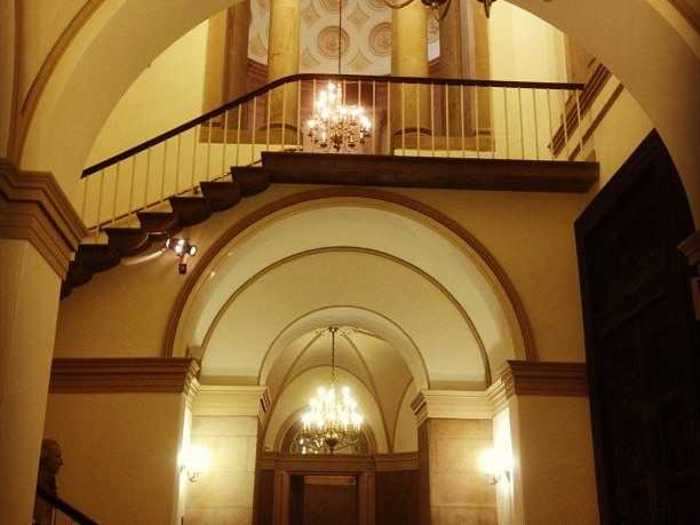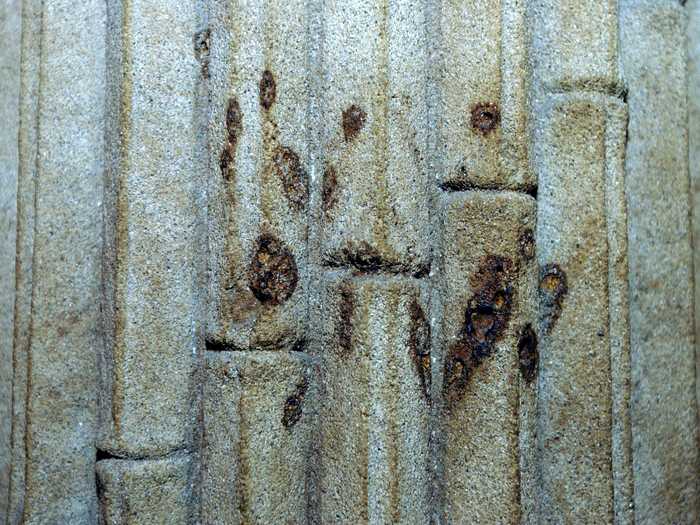The last mass breach of the Capitol building was during the War of 1812.History Archive/Universal Images Group via Getty Images, Getty Images
- A pro-Trump mob stormed the Capitol building on Wednesday in a riot that left four people dead.
- It was the first mass breach of the Capitol since the War of 1812.
- On August 24, 1814, British forces invaded Washington, DC, and burned the Capitol and the White House.
Pro-Trump rioters stormed the US Capitol on Wednesday, forcing members of Congress to evacuate a joint session certifying the results of the 2020 presidential election. Rioters vandalized congressional offices, looted items, and broke their way into the Senate Chamber where Vice President Mike Pence had presided moments before. The chaos left four people dead.
The last time a large, violent group breached the Capitol was over 200 years ago during the War of 1812, when the British invaded Washington, DC. Here's what happened on that fateful day in 1814.
The Capitol building was still under construction when British troops invaded Washington, DC, during the War of 1812.
A view of the US Capitol before it was burned by the British during the War of 1812.
PhotoQuest/Getty Images
President George Washington laid the Capitol building's cornerstone in 1793, and Congress met for the first time there in 1800.
Designed by William Thornton, the design featured a central building with two rectangular sections on its north and south ends for the Senate and the House of Representatives. The building also housed the Library of Congress and the Supreme Court.
But by 1812, the US was at war with Great Britain, sparked in part by trade restrictions and maritime conflicts between the countries. In August 1814, around 4,500 "hardened" British fighters "fresh from the Napoleonic wars" landed southeast of Washington, the Washington Post reported.
After a victory against American soldiers on August 24, 1814, British forces headed to Washington, where they set fire to the White House and the Capitol building.
An illustration of the British invasion of Washington, DC by G. Thompson.
Bettmann/Contributor/Getty Images
When word of the incoming army reached Washington, DC, after the British victory in Bladensburg, Maryland, most of its residents fled, clearing the way for them to wreak havoc.
British soldiers torched the White House and the Capitol building in retaliation for when Americans burned the Canadian capital at York in 1813.
"I have never beheld a spectacle more terrible and at the same time more magnificent," French minister Louis Sérurier said of the scene.
"Capture and Burning of Washington by British, in 1814" by Richar Miller Devins by in 1876.
History Archive/Universal Images Group via Getty Images
First lady Dolley Madison was hailed as a hero for saving the White House's portrait of George Washington from falling into British hands.
Dolley Madison in 1814.
Bettmann/Contributor/Getty Images
Madison was in the middle of writing a letter to her sister when she was evacuated from the White House.
"Our kind friend, Mr. Carroll, has come to hasten my departure, and is in a very bad humor with me because I insist on waiting until the large picture of Gen. Washington is secured, and it requires to be unscrewed from the wall," she wrote. "This process was found too tedious for these perilous moments; I have ordered the frame to be broken, and the canvass taken out it is done, and the precious portrait placed in the hands of two gentlemen of New York, for safe keeping. And now, dear sister, I must leave this house, or the retreating army will make me a prisoner in it, by filling up the road I am directed to take. When I shall again write you, or where I shall be tomorrow, I cannot tell!!"
The incident mirrors the 2021 riot by pro-Trump insurrectionists, when quick-thinking Senate aides saved the wooden boxes containing electoral votes as they left the Capitol building.
The Capitol lay in ruins after the British left Washington, DC.
Ruins of the US Capitol building, painted by George Munger.
Photo12/Universal Images Group via Getty Images
Aside from the extensive fire damage, the Capitol walls were marked with graffiti such as: "George Washington founded this city after a seven years' wars with England—James Madison lost it after a two years' war."
Much of the exterior structure and interior spaces remained intact thanks to the fire-proof building materials used by architect Benjamin Henry Latrobe.
An illustration showing the ruined exterior of the Capitol building.
Interim Archives/Getty Images
Congress temporarily met in the Blodgett's Hotel before finding a more long-term substitute at the Old Brick Capitol from 1815 to 1819.
The Capitol's Small House Rotunda survived the fire and remains one of its oldest rooms.
The Small House Rotunda.
Architect of the Capitol
Contrary to popular belief, these holes in a Capitol column aren't bullet holes from the War of 1812 - they're the result of a different Capitol fire.
Superheated iron ore in the Capitol.
Douglas Graham/Roll Call/Getty Images

